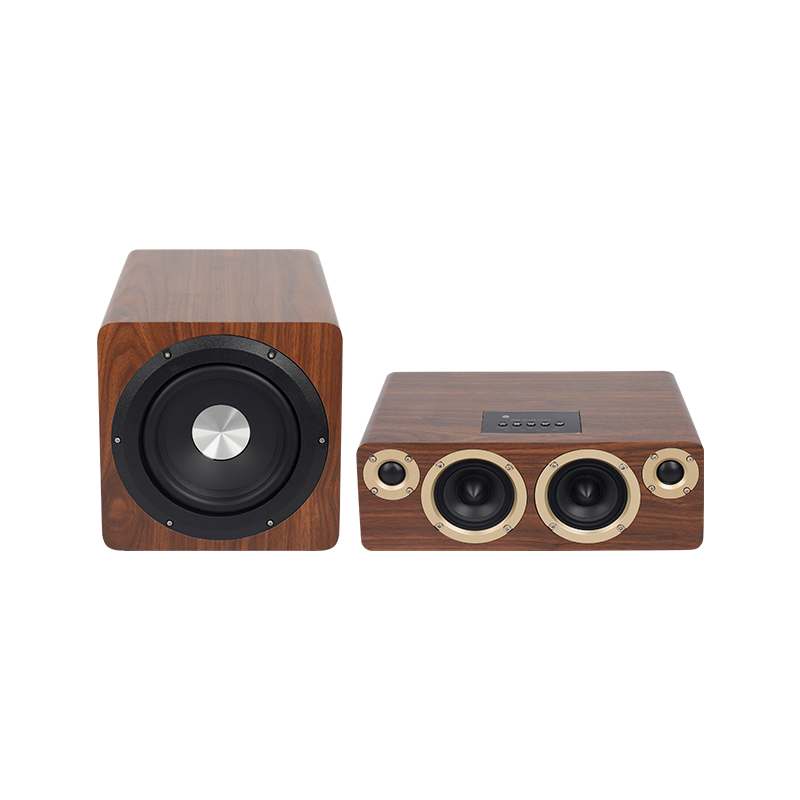If the sound of the conference room audio equipment "squeaks", then you must pay attention to the use of the equipment, because this is the delayed reverberation so this sound, then do you know how to solve the "screaming" of the audio equipment? How much do we know about this? Next, we will give you a detailed summary.
First, adjust the distance method
Using an omnidirectional microphone, where the microphone is as close as possible to the sound source to pick up the sound, is one of the effective ways not only to avoid screaming but also to increase the amplified volume.
It should be clear here that directional microphones (especially pointed directional microphones) have very little attenuation of sound pickup at long distances, and adjusting the distance has little effect on increasing the amplified volume and preventing noise.
Whether the PA system is prone to screaming has nothing to do with the sensitivity of the microphone. However, high-sensitivity microphones have sharp directivity and are prone to noise. Shortening the distance between the device and the audience can actually increase the loudness of the amplification. The overall gain of the system can be appropriately reduced. If used with wide-directional near-field loudspeakers at the same time, the microphone can be slightly farther away to avoid howling. Conference room sound system

For the direct feedback sound field of the loudspeaker, the microphone is as far away as possible from the loudspeaker and the loudspeaker as close to the listener as possible. The microphone should be placed behind the radiation direction of the speaker. If the microphone is likely to be carried around, the speaker should be placed near the microphone.
2. Frequency equalization method
It can also be called the broadband notch method, because the frequency curve of the microphone pickup and sound-emitting equipment is not an ideal flat straight line (especially some poor-quality conference room audio equipment), and the acoustic resonance of the hall sound field, the frequency response fluctuates greatly big.
In this way, we can use the frequency equalizer to compensate the sound amplification curve, adjust the frequency response of the system to an approximate straight line, make the gain of each frequency band basically the same, and improve the sound transmission gain of the system. system.
Use an equalizer with more than 21 bands, configure a parametric equalizer in places with higher requirements, and use a feedback controller in places with higher requirements. In fact, when feedback self-excitation occurs in a sound reinforcement system, its frequency is only fixed at a certain point of the pure tone, so as long as this frequency is cut off with a very narrow band notch, the system scream can be controlled.
3. Feedback controller method
Also known as the narrow-band notch method, in demanding occasions, such as some live music, an automatic audio feedback control device is commonly used. The principle is through trap noise control.
Regarding the method of solving the "screaming" of the audio equipment in the conference room, the above content has been summarized for you. There are 3 methods to solve the problem, the adjustment distance method, the frequency balance method and the feedback controller method. If you encounter the same problem, You can refer to the above method.